On a cool recent weekday at a West Side restaurant, a dozen or so dancers ranging in age from four to mid-20s stamped, bowed, spun, and formed complex patterns on the noisy wooden floor.
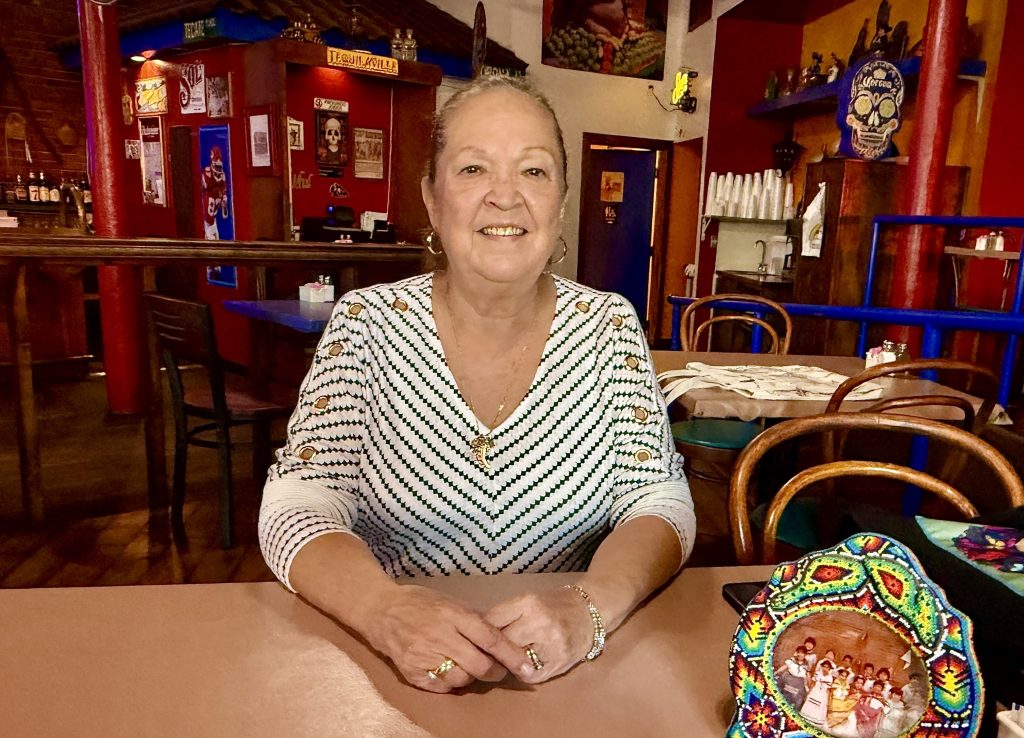
El Grupo Folklorico Atotonilco was preparing for the company’s annual appearance at Kansas City’s Fiesta Hispana, and the atmosphere was both intense and joyous. Supervising was Maria Chaurand, who founded the group in 1979 and holds rehearsals in the family-owned restaurant, La Fonda El Taquito, that she runs with her siblings.
These days Maria is aided by assistants Whitney Boyd (who led this rehearsal) and Aniseto Herrera-Lyell. On this particular evening, Whitney first took the youngest dancers through their steps, to recordings of traditional Mexican dance tunes.
The second hour was devoted to the adult company of, in this case, young women, who were preparing their faldeo or skirt technique. As they choreographed, the hesitant first steps gradually grew into a billowy display of movement and color.
El Grupo Folklorico Atotonilco—whose Nahuatl name means “place of hot springs”—has played a central role in Kansas City’s cultural life for almost half a century. It is a shining example of the vibrant culture that immigrants have brought and continue to bring to our community, through a rich heritage of music, visual art, food, and dance.

It is in fact one of the oldest and most decorated folkloric dance companies in the United States, and it has withstood political upheavals, economic downturns, and a pandemic that left its numbers seriously diminished. (The company chose the name Atotonilco because it liked the symbolism of a never-ending source of running water.)
Yet one could not help but feel inspired, watching these eager youngsters recreating artistic traditions of their ancestors. It was as if the spirit of ancient cultures was rising from the floor—the past meeting the present and the future through dance.
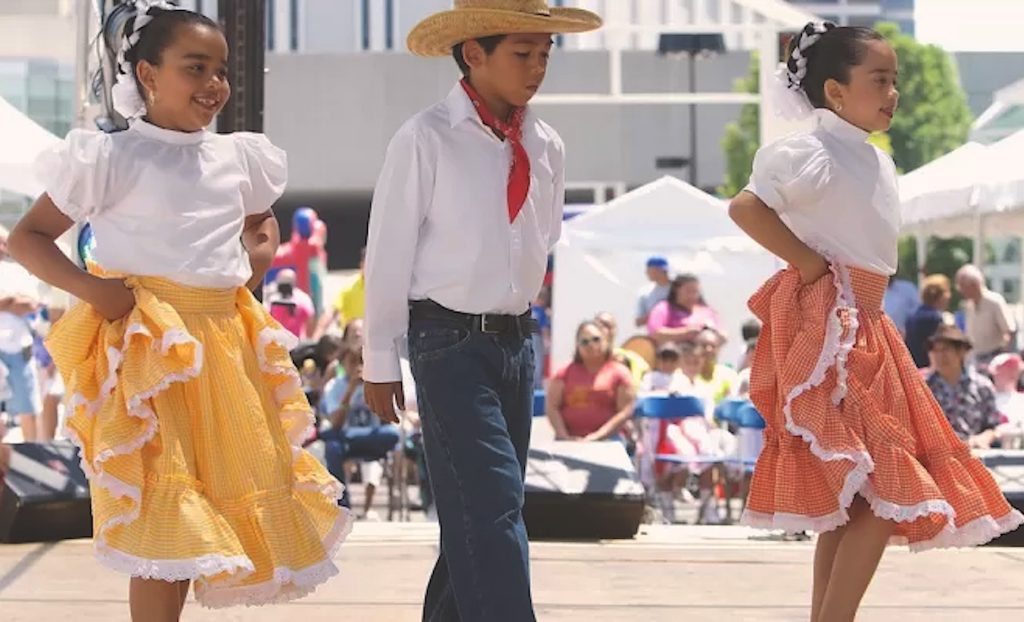
Folkloric dance in Kansas City dates back at least a century, and by the 1940s it was a part of the annual “Fiesta” held at the Guadalupe Center. From there, as her love of dance grew, Maria performed with the group Fiesta Mexicana.
Atotonilco was established with a focus on research and on “recognizing how important a part folkloric dance plays in who we are,” Maria said. When Jaime Reyes Valadez, the company’s co-director for most of its history, died in 2024, he left a vast collection of resources for teaching regional dances—which the company is still digesting.
“He was a walking encyclopedia of knowledge about Mexican folklore,” Maria said. “He met some of the finest maestros, who gave him music and syllabuses for teaching.”
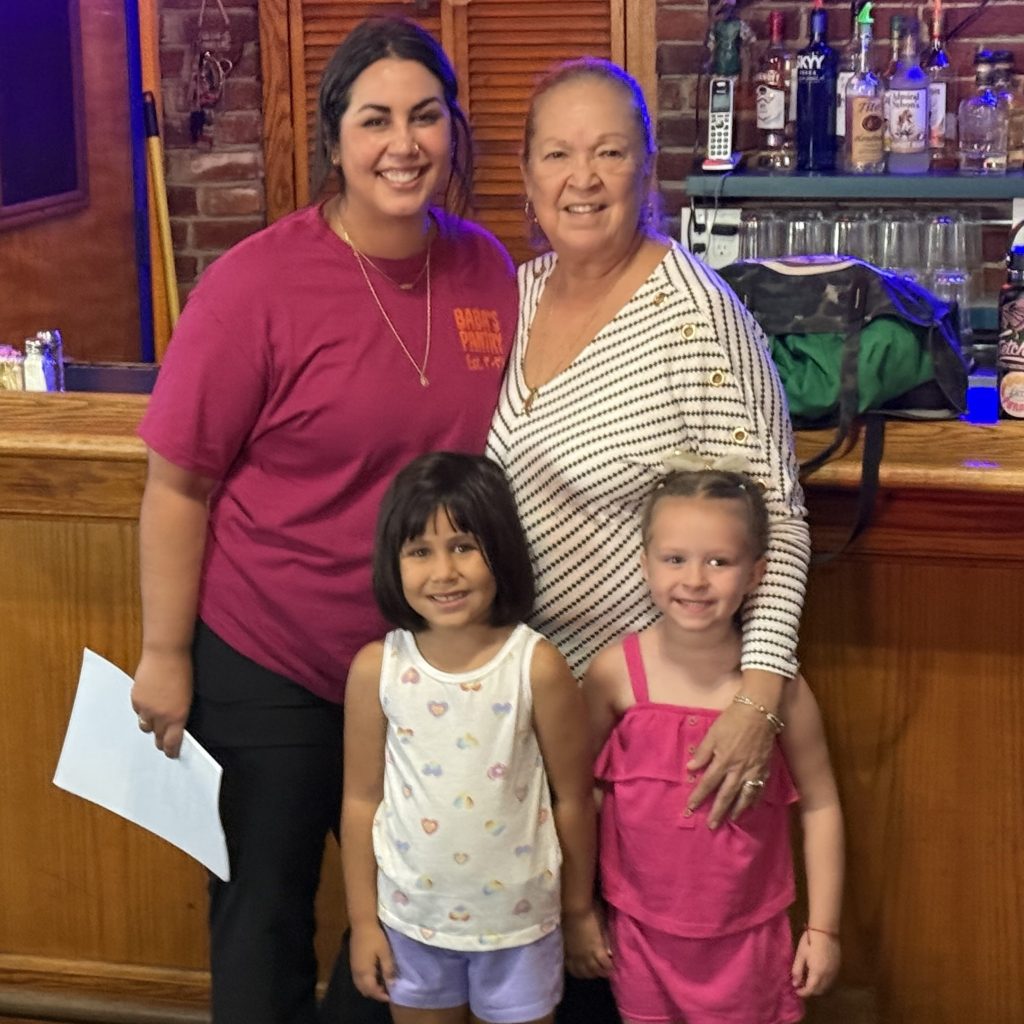
Jaime traveled extensively in Mexico to conduct investigations into native dance styles: “to find out why this dance was named this, or why they used these steps for that dance,” Maria said. “His passing really hurt us, and we miss him terribly.” On the other hand, Jaime left plenty of materials for the future. “We have the music, the sources … the syllabuses, the videos, the costumes,” Maria added.
With this research in hand, the group has conducted extensive fund-raising for travel to annual meetings of the Asociación Nacional de Grupos Folklóricos (ANGF). Parents have always helped—with everything from enchilada sales to chaperoning for these visits.
Over the years the group has taken from 20 to 40 dancer-students to Veracruz, Aguascalientes, Jalisco, Texas, New Mexico, California, and many other places. They have also brought folkloric dance masters to Kansas City to teach sessions lasting from six weeks to two months.
Currently about 30 strong, Atotonilco continues to perform for Fiesta Hispana, Day of the Dead commemorations (at the Mattie Rhodes Cultural Center and the Nelson-Atkins Museum of Art), and occasionally for Cinco de Mayo.
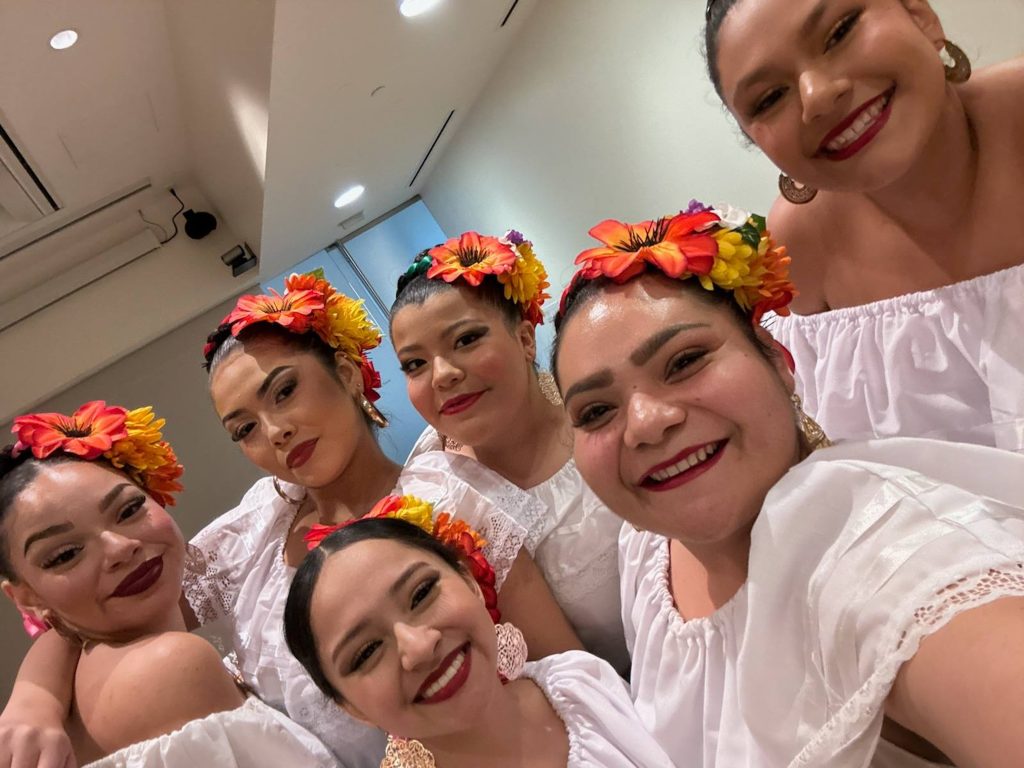
They have appeared in churches and schools, at military bases, and even at senior living facilities. They have even traveled overseas: In 1992, for example, they performed at the United States Pavilion at the Seville Expo ’92.
In 1997, ANFG honored them as the Premiere Mexican Folk Dance Company in the United States. And in 2015, Maria received an official Diploma of Recognition from Mexico’s Department of External Affairs, for her “distinguished work serving the interests of the Mexican community and of those of Mexican origin residing in the United States.” That award “meant the world to me,” Maria said. “It made me feel like I had achieved my mission, that I had done what I set out to do.”
But the vast riches of Mexican culture can hardly be tapped in a lifetime, and there is still much to be done. Atotonilco has performed dances from at least half of the Mexican states, with distinctive costumes for each: Jalisco, Merida, Oaxaca, Tabasco, Nuevo Leon/Durango/Chihuahua (the “norteño” style), Tamaulipas, Zacatecas, Guanajuato, Sonora, Sinaloa, and many others.
“Every state is really different, that’s the beauty of the country,” said Maria, whose large extended family is one of the most respected in Kansas City. “We have 32 states and each has its own styles and multiple regions. So you are never going to learn everything about our folklore—it’s impossible.” Yet there is joy in the learning. “And what a mind-blowing experience, to be able to live every day looking forward to dancing, to music, to art … to culture, family, food.”
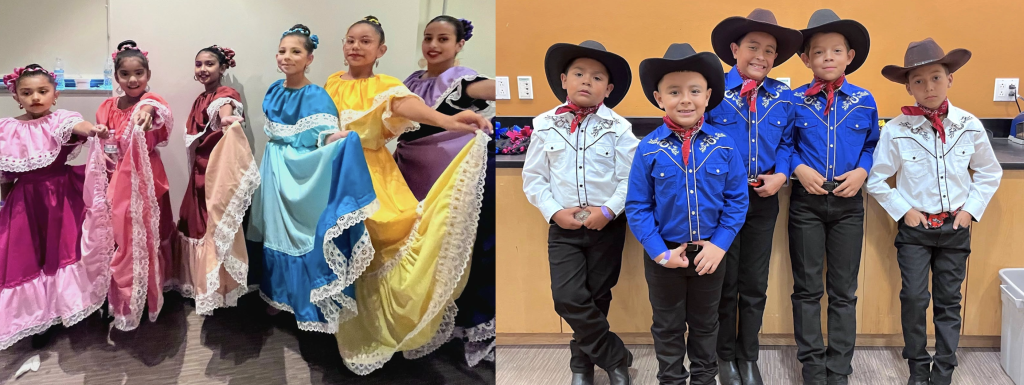
Maria was just three when she was brought to United States, the daughter of Kansas City-born mother of Mexican origin, Teresa Garcia, and Mexican soccer star Agustin “Chino” Medina.
“I was little, but I already felt very ‘Mexican’ ” Maria said with a laugh. “I wanted to learn my culture. Every year we would go see my Dad’s family in Mexico, and the older I got, the longer I wanted to stay there.”
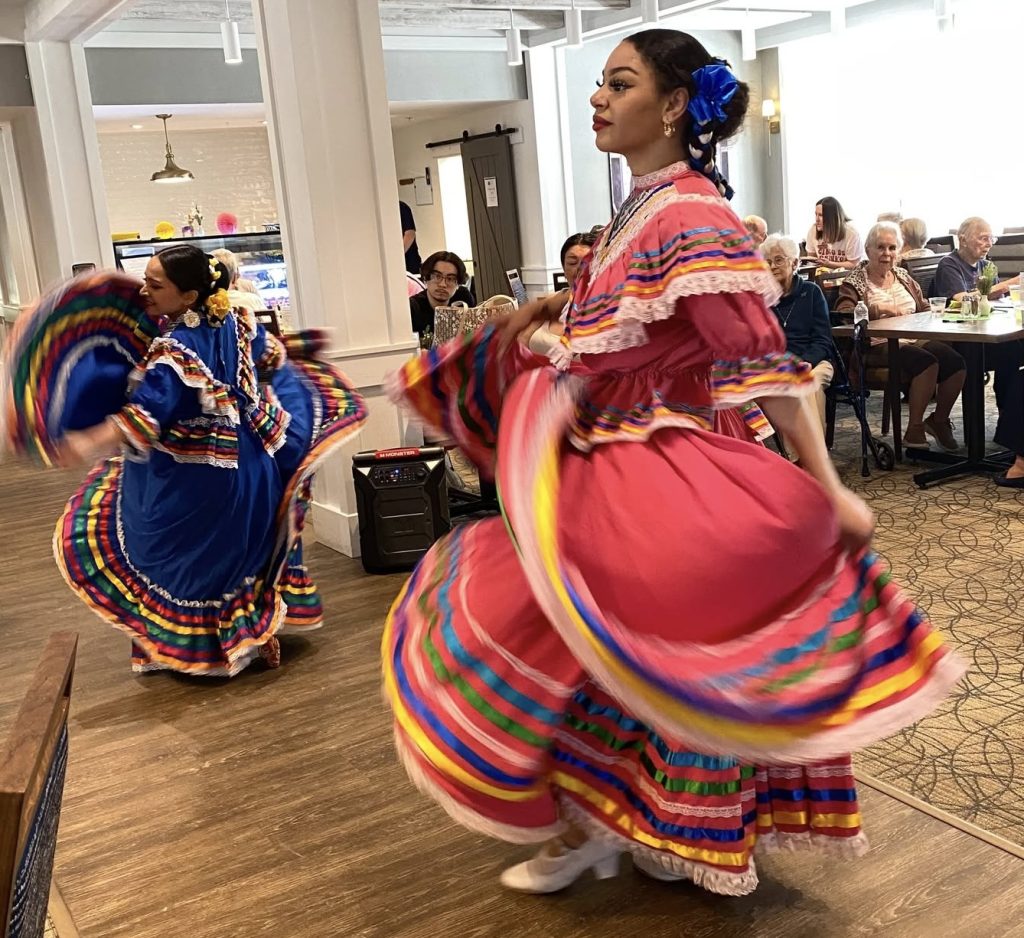
It was during a high school exchange program in Guadalajara that she got her first taste of danza folklorica. “When I first saw folkloric on stage, that was it. I loved it. And that’s when I realized I wanted to do this for the rest of my life.”
Fast-forward a generation or so, and Whitney Boyd (whose mother is of Mexican descent) is now teaching the children of the dancers she herself performed with as a girl. She said the company’s struggle to find young men continues, as it does in ballet and pretty much any kind of dance in the United States.
“If by middle school or high school boys are not invested in this community that we’ve built, they’re probably not going to come back,” Whitney said. “But the ones that do stay, they’re here for life.”
It might be a while before the company can return to pre-pandemic normalcy. For now, Atotonilco is female-heavy. “And you cannot do Mexican folkloric dance unless you have couples,” Maria said. “It has to be pairs of men and women.”
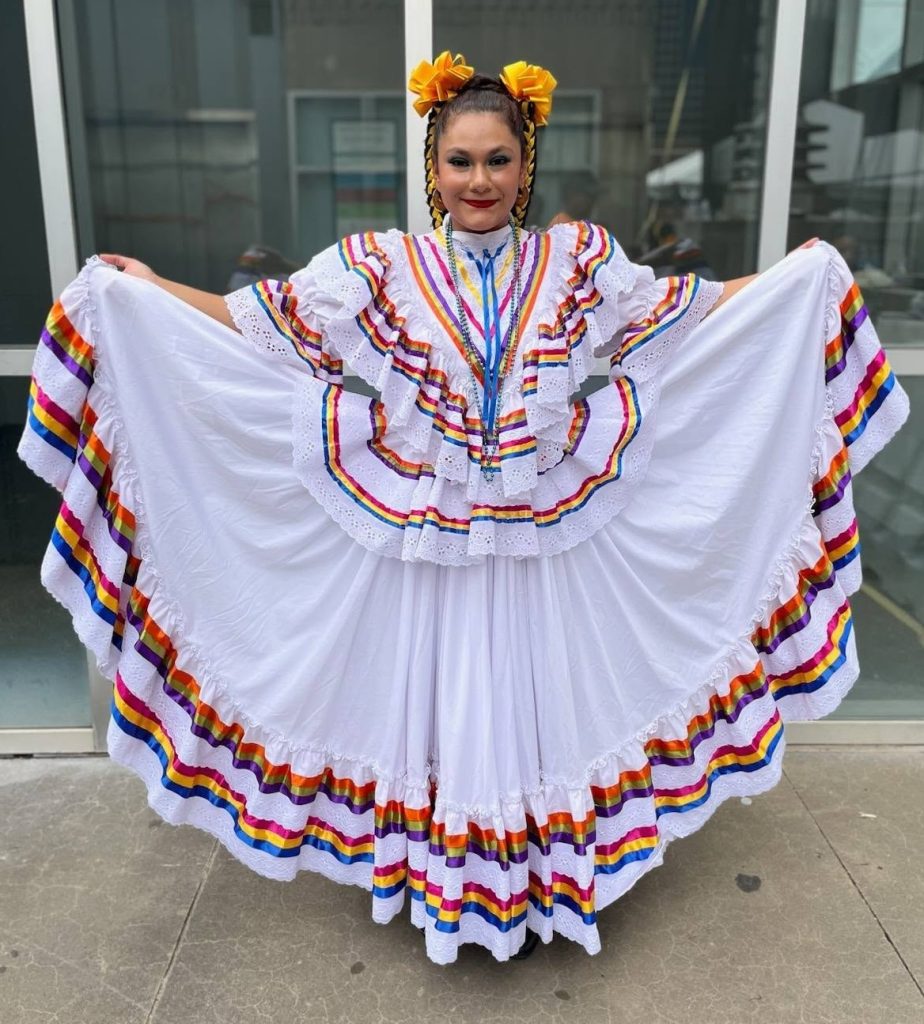
Maria’s dream remains firm: to resuscitate the group fully, re-establish its non-profit status, and find a permanent home where it can enjoy ample rehearsal space, foster a school, and grow a company that approaches professional status. “I see great potential for this, because it’s not here just for people to learn folklore.”
Kansas City already supports numerous dance groups, and recent years have seen the establishment of a Spanish-language choir; there is even talk of a Spanish-language theater company. If there is funding for these things, Maria wonders, “why can’t there be funding for folkloric dance? You don’t even have to be Mexican to be involved, you just have to love the art form. And if you do, come and join us.”
—By Paul Horsley
To reach Paul Horsley, performing arts editor, send an email to paul@kcindependent.com or find him on Facebook (paul.horsley.501) or X/Instagram (@phorsleycritic).